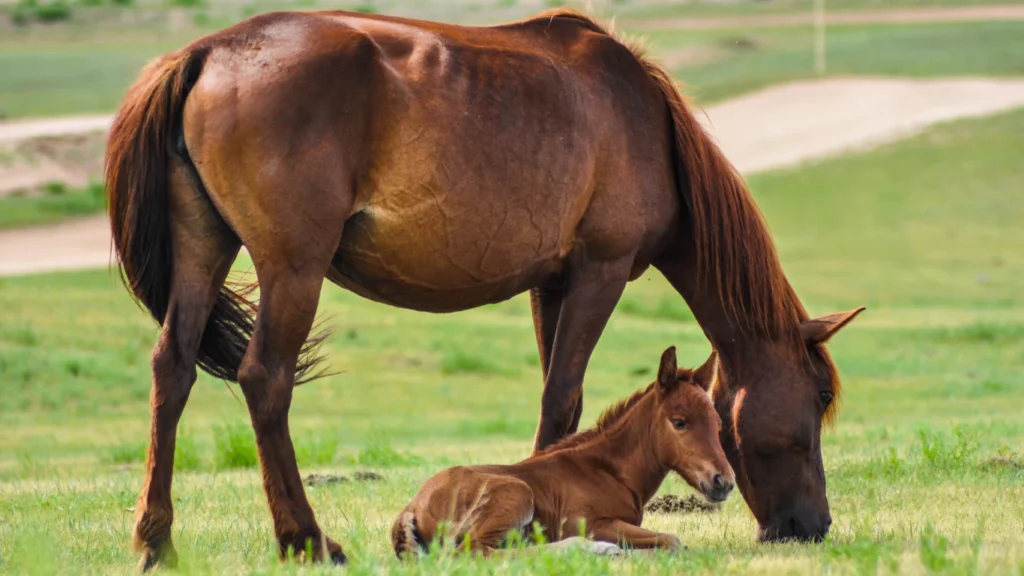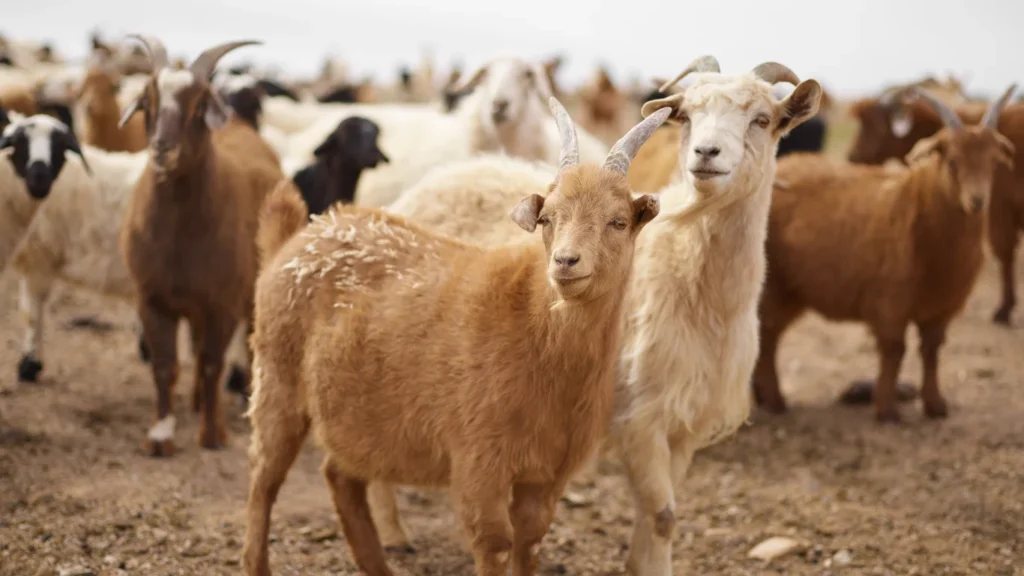A mammal is a type of vertebrate(animal having a backbone) and is defined as an animal that feeds milk to their young ones. They are known as warm-blooded because they cannot change their body temperature with the environment. The body of these animal is covered with hair or fur. Mostly they give birth to their young ones except some species that lay eggs and warm them to hatch. The red blood cells of mammals have no nucleus that separates them from other vertebrates. They use three middle ear bones that help them in hearing. They can be found in all sizes from large to small.
Examples:
Cows, goats, buffalo, humans, dogs, lions, sheep’s, foxes, leopards, horses, deer etc. These are general examples. Some other examples of exceptional mammals are dolphins, bats, etc.
Table of Contents
History:
Mammals evolved in the universe about 225 million years ago. At that time there are so many species were found that now become extinct and the remaining comes under this category.
Exceptional Mammals:
Exceptional mammals are those animals that come under the category due to their characteristics resemblance to mammals but when you see their physical appearance that looks like other categories of vertebrates.
For Example:
Whales and dolphins look like fish but come under this category.
The only species that can fly like a bird comes under this category is the bat. It gives birth to their young ones and feeds them on milk.
Characteristic of Mammals:
The general characteristic of this category are:
Size:
There are more than 6000 species of mammals found on the planet Earth. They all have different shapes and sizes. Some sizes are:
Large-size:
The elephant is a large size species . Blue whale that is known as the largest species in the world comes under this category.
Medium-size:
Cows and buffaloes are medium-sized species that comes under this category.
Small-size:
Etruscan shrew is the smallest mammal that exists in the universe with a weight of about 1.2 grams.
Movement:
Movement in this category animals varies from species to species. Some use their two or four legs for movement like cats and humans while some use their fins for movement like whales and dolphins while other uses wings for movement like bats.
Food:
Some species under this category eat grass while others eat the flesh of other animals. Mammals are further categorized based on eating food. For example, some carnivorous like lions, cats, foxes, and dogs eat the flesh of other animals while some are herbivorous and eat grass like cows, goats, sheep, horses etc.
Drink:
They drink water but in different ways. Some species uses their tongue to drink water. for example cat and dog uses their tongue to drink water while Some species suck the water. For example cows and sheep’s put their mouth in the water and curl the tip of their tongue backward and suck the water.
Interesting Facts:

Some species of mammals have some interesting facts that are given below:
- The largest species of the world belongs to the mammals category and is known as the blue whale which is like fish but does not come under the fish category.
- Mammals have some species that lay eggs like platypus and echidna.
- Bat is the only mammal that has wings and can fly in the air and take flight with the help of signals received from the ear which comes from its mouth.
- The elephant not only breathes from its trunk but also uses it for different purposes like smelling, grabbing, and producing sound.
- Some species under this category can hibernate (the period when species undergo ground and live without food for a long time and maintain their body temperature) like bears and ground squirrels.
- The heart of the blue whale is so large that if any human wants to walk in their arteries then it can easily do it. From a 2-mile distance, anyone can hear its heartbeat.
- Dolphin is known for their intelligence and problem-solving ability which helps trainers easily train them.
- Hoping is also done by only kangaroo.
Male and Female Distinction:
Males and females have some distinctions that are given below:
Size:
Males are greater in size than females. When females give birth to their young ones from that time if we weigh the babies mostly male babies have greater weight than female babies.
Color:
Males are brighter than females. Mostly male mammals are more colorful than female mammals.
Behavior:
Males are more aggressive than females but when female gives birth to their young ones then their behavior becomes more aggressive than males.
Physical Appearance:
Mostly males and females of the same species look alike but must have some extra change in the physical appearance of males than females if we take the example of deer it has larger antlers compared to females who have totally without antlers or small antlers. Another example is of a male elephant which has a larger trunk as compared to a female trunk.
Humans and Mammals:
Humans come under the category of mammals. Humans get milk and meat from the cows and goats. Sheep fur known as wool is used in making different products like clothes, carpets, blankets, etc. Factories manufacture coats, bags, shoes, saddles from the leather of different animals mostly comes under this category. Humans train dogs for hunting and other detective fields or watching the herd purposes. Horses are used by humans for traveling and load-loading. In short, mammals help humans in all daily activities.
FAQs
Q.1 What mammals lay eggs?
Ans. Duck-billed platypus and echidna are the mammals that lay eggs.
Q.2 Are whales mammals?
Ans. Yes, whales are also mammals.
Q.3 Are sharks mammals?
Ans. No sharks are not mammals. They belongs to fish family.
Q.4 Are birds mammals?
Ans. No birds are not mammals.
Q.5 Are humans mammals?
Ans. Yes humans are also mammals.
References
- Wilson, Don E.; Reeder, Deeann M. (eds). (1993.) Mammal Species of the World. Smithsonian Institution Press, ISBN 1-56098-217-9.
- Hunt DM, Hankins MW, Collin SP, Marshall NJ (2014). Evolution of Visual and Non-visual Pigments. London: Springer. p. 73. ISBN 978-1-4614-4354-4. OCLC 892735337.
- ^ Bakalar N (2006). “Jurassic “Beaver” Found; Rewrites History of Mammals”. National Geographic News. Archived from the original on 3 March 2006. Retrieved 28 May 2016.
- ^ Luo ZX (December 2007). “Transformation and diversification in early mammal evolution”. Nature. 450 (7172): 1011–1019. Bibcode:2007Natur.450.1011L. doi:10.1038/nature06277. PMID 18075580. S2CID 4317817.
- ^ Pickrell J (2003). “Oldest Marsupial Fossil Found in China”. National Geographic News. Archived from the original on 17 December 2003. Retrieved 28 May 2016.



Pingback: 1. Arachnids Are Insects: Truth Behind Misunderstanding
Pingback: Top 10 Saltwater Fish That Bring Dazzling Color to the Ocean
Pingback: The Truth Behind Turtle Duck: Myth, Reality, and Origins